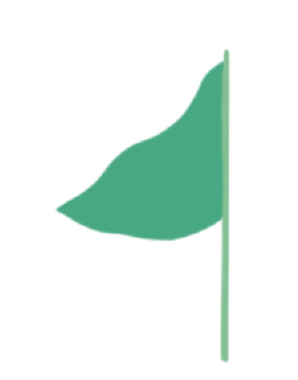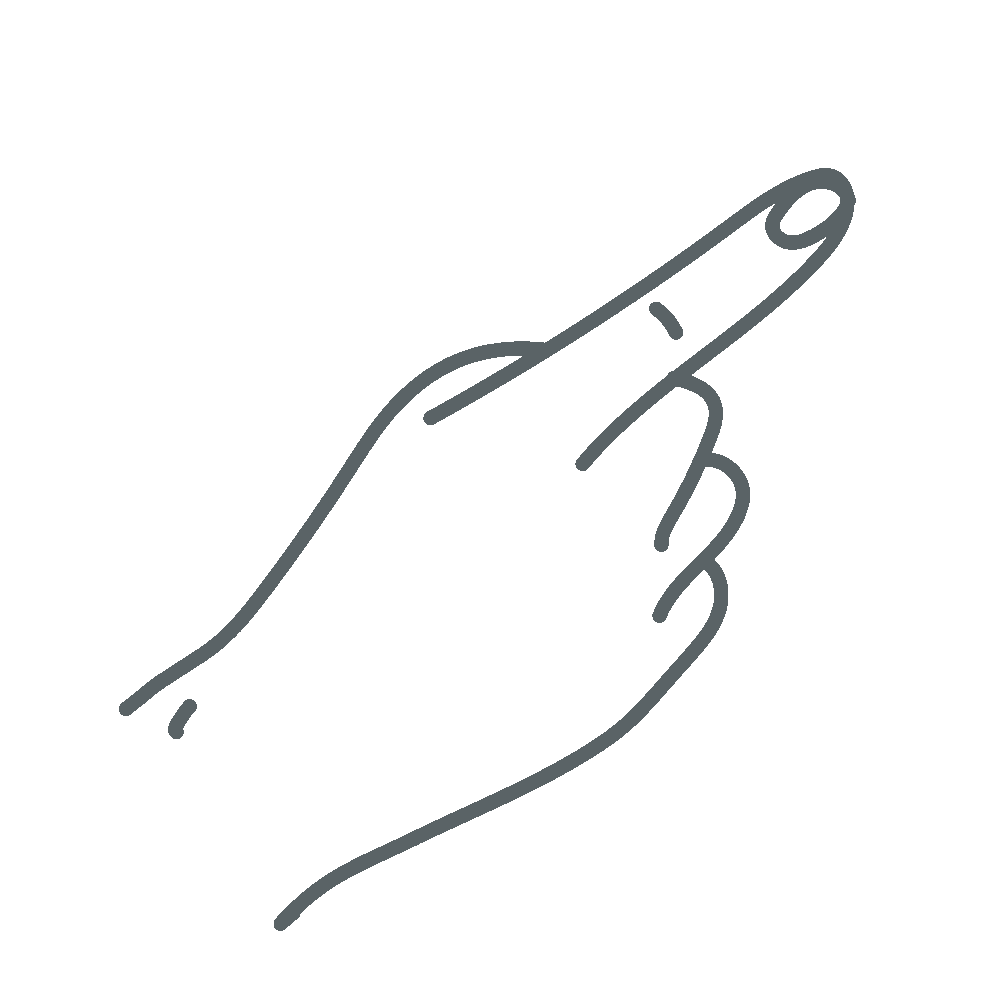#Evidence Based HR #Blogpost
Your organisation has lots of valuable data, but how to find it and apply it? Here’s a logical model for your HR or people analytics.
Episode 3: The Evidence-Based HR Backpack – Organisational data
People analytics:
Tapping into organisational HR data
You’ve probably heard of people analytics or HR analytics: Google searches for those two terms have steadily risen over the last decade. People analytics helps paint a clearer picture of issues like workforce diversity and how HR practices such as recruitment affect it. The good news is that people analytics is often more accessible than many think. So, what is data analytics all about and how can it be used in evidence-based HR?
For starters, to discuss how to use data from the organisation, let’s go back to Evi and BisonBikes, where the leadership wants to increase diversity in the company. They’ve already suggested focusing on recruitment ads, but Evi has been tasked with investigating the issue in depth.
Let’s see how people analytics can help her – as well as you.
Data analysis can be pretty revealing

Your organisation, like any other, generates data continuously: from financial information to candidates’ performance during the selection process. This data is specific to your context, so it can be more precise than evidence coming from scientific studies.
However, now, you are the scientist: data by itself doesn’t tell you anything, so by processing raw information, you turn it into useful evidence.
Although people analytics sometimes comprises new methods like machine learning, it’s usually just old-fashioned data analysis that can, in some cases, be performed even with spreadsheets.
People analytics is good. But on their own, they’re not enough. – Rob Briner
With all the free learning resources available online, even slightly more advanced methods like regression are pretty simple to execute. People analytics generally excites but, on its own, it just isn’t enough. It represents only one source of information in evidence-based HR – and that’s organisational data.
Getting results that count
Like the other three sources of evidence (scientific research, professional expertise, and stakeholders’ information), organisational data is used throughout the decision-making process of the 6As: ask, acquire, appraise, aggregate, apply, assess. Here, we will focus on the first four steps that are specific to each source of evidence, covering the last two in another article.

-

1. Asking: find the right questions
Okay, back to Evi’s example: her organisation's leaders assume that diversity is way too low, and the recruitment ads might be the cause. First, Evi should turn that assumption into questions she wants to answer with the help of evidence:
- Is diversity too low in our organisation?
- Does the message in a recruitment ad affect the diversity of applicants?
- What other factors affect diversity?
To better frame the questions, Evi can look at applicant data such as gender, nationality or any variable she has data on. She can also look at differences between teams, departments or locations – all this helps define the questions and the problem very specifically (e.g. country X shows up as having very low gender diversity).
Finally, if Evi gets data on the other variables like the channels used to promote recruitment ads, she can check if this correlates with diversity.
-

2. Acquiring: tap into a rich resource
Once you start gathering data, you’ll be amazed by the amount your organisation produces. Tons of it, probably. That’s why you must define what you’re looking for before you go searching. For Evi, the question is: what data would I need to prove that recruitment ads are the key to diversity?
For example, to test whether recruitment ads influence diversity, Evi checks out the candidate pool recruited through two ads that were written, designed or promoted differently.
-

3. Appraising: be critical of your own data
Collecting organisational data is very similar to conducting scientific research, so the same criteria apply to determine the quality: how the data was collected, how it was analysed, and how big the sample size was.
-

4. Aggregating: tell a clear story
Structure the results of your analysis by your assumptions or questions, presenting various results that are relevant for each topic. Since people in organisations love to see graphics and charts, pay special attention to how these are designed. Also, bear the future in mind: if you flag up what data is missing, then the organisation can start tracking it.
While scanning the organisation’s recruitment ads, Evi notices that both the image used, the promotion channels and the wording are correlated with the applicants’ diversity. She starts using more varied channels and inclusive language and images.
She also notices that the profile descriptions themselves are correlated with the diversity of the applicant pool. Although HR is often the first to promote diversity and inclusion, it sometimes achieves the opposite through too strict and elaborate profile descriptions. The trick is to think smart. Evi works on making the profile descriptions sufficiently open to attract people from different backgrounds. If they hear the right call, they will come knocking.
Evi will measure how these changes in the recruitment ads reflect on the diversity of the applicant pool.
People analytics might be hot, but it’s not the full story
While people analytics is often presented as the key to solve all HR problems, organisational data is only one of the four sources of information in evidence-based HR.
Check out our articles on how to use evidence from the first source: scientific research, and keep an eye out for our future articles about evidence from practitioners and stakeholders and the final 2As: applying the evidence and assessing the outcomes.
For more inspiration and freely available resources, check the websites of our partners CEBMa and ScienceForWork.
Would you like to interact about EBHR and learn together with other people? Then you’re welcome to join our knowledge sharing forum for EBHR-learners on Facebook, and our open workshops. We're also happy to provide a custom session for your organisation, online or offline.
Iulia Cioca
Iulia graduated in Work and Organisational Psychology from the University of Valencia, after an educational journey that started in Romania, and continued through Austria, Italy, and Canada. She has worked in different HR consulting and management roles. As an HR Scientist at Balance HR, Iulia is contributing to bringing Better Work for All by identifying HR practices that really work – based on evidence. In addition, she collaborates on projects in Talent Management, and she is a fellow of CEBMa and a PhD candidate.



